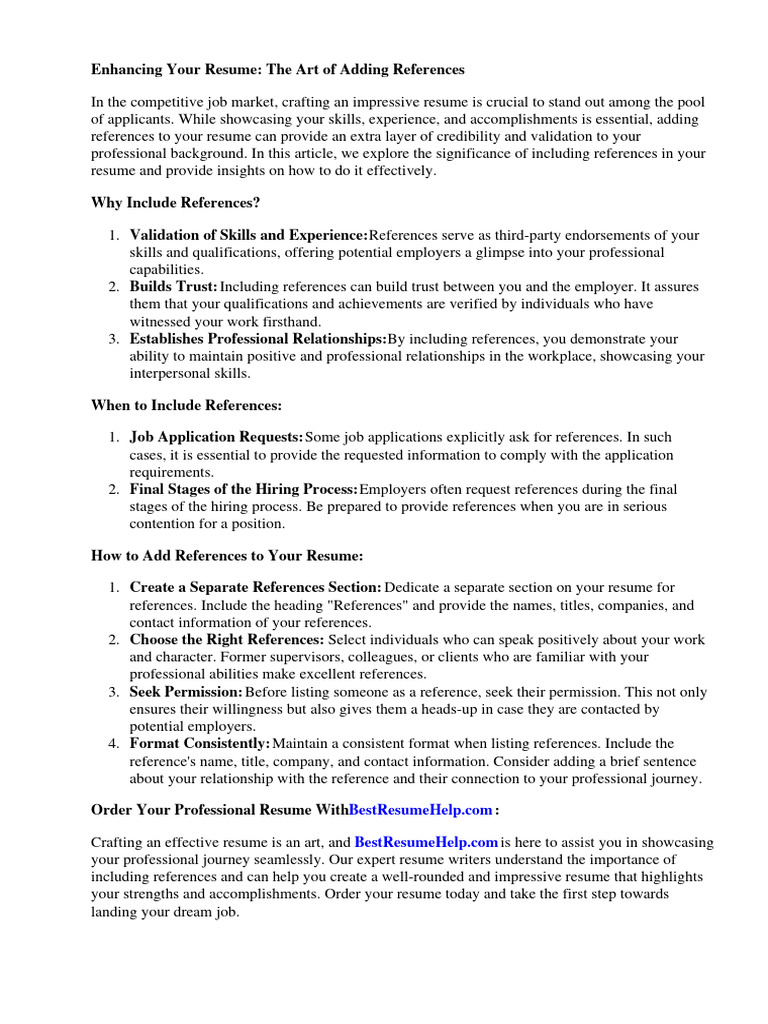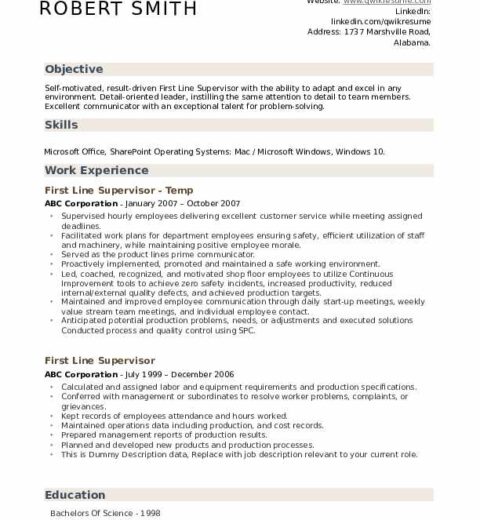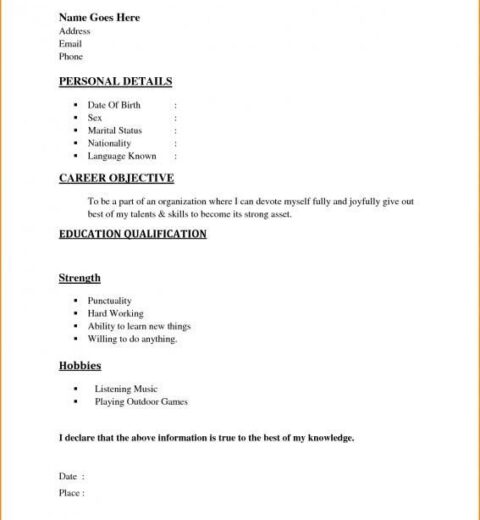When embarking on the journey of crafting a resume, the meticulousness with which one presents their qualifications is paramount. Among numerous components, references stand out as a vital element that can significantly augment the appeal and credibility of a resume. Understanding how to effectively incorporate references can make the difference between an ordinary application and one that captures attention.
The first step in adding references to a resume is determining their purpose. References serve as endorsements of your professional capabilities, character, and work ethic. They validate the claims made in your resume and provide potential employers with a deeper understanding of your suitability for the position. Consequently, choosing the right individuals to vouch for your qualifications is of utmost importance.
When selecting references, opt for individuals who are familiar with your professional achievements and can articulate them convincingly. Ideal references include former supervisors, colleagues, or clients who can provide specific anecdotes showcasing your skills and contributions. Naturally, it is prudent to maintain a diverse range of referees, as this can illustrate your adaptability and multifaceted nature within various roles.
Once you have identified potential referees, the next step hinges on meticulous communication. Reaching out to your chosen references is not only courteous but also essential. Inform them of your job search and the positions you are targeting. Share your current resume and discuss the skills and experiences you’d like them to highlight. This conversation not only primes them for providing a recommendation but also fortifies your relationship with them.
A pivotal point in the reference process is formatting. Traditionally, references are added at the end of a resume, under a header that clearly states “References.” However, consider an alternative approach to highlight the aesthetic appeal of your document. By crafting a “References” section that mirrors your resume’s overall design—paying attention to fonts, spacing, and alignment—you can create a seamless visual experience. A well-structured references section can convey professionalism and attention to detail.
Each reference entry should include the individual’s full name, their position, and company, as well as their phone number and email address. Formatting these details in a clear and organized manner is imperative. Avoid overwhelming the reader with excessive information; instead, be succinct yet informative. For example:
- Jane Smith
Senior Marketing Manager
XYZ Corporation
(123) 456-7890
jane.smith@email.com
Beyond aesthetics, the content of the references section should adhere to a logical flow. Rather than random organization, logically sequence your references based on their relevance to the positions you are applying for. If you are pursuing a role in marketing, place a marketing manager first, followed by references from other relevant fields. This prioritization demonstrates both thoughtfulness and strategic thinking.
Moreover, timing your references is critical. It is generally advisable to provide references only when requested by the prospective employer. Including a statement such as “References available upon request” at the end of your resume can save space while maintaining professionalism. This not only adds an element of intrigue but also subtly conveys your confidence in your network and your preparedness for further engagement with the employer.
It’s equally important to consider the ethical implications of utilizing references. Always ask permission before listing someone as a reference. This gesture of respect ensures they are prepared to provide a recommendation and eliminates any awkward surprises. Furthermore, keeping your referees informed throughout the hiring process can substantiate your professional integrity.
As you traverse the path toward securing employment, remember that references are not static endorsements; they are living testimonials. Encourage your references to stay current on your career journey, as this will allow them to draw upon the most relevant experiences when discussing your qualifications. Regular updates can foster a stronger connection and ensure that their endorsements are robust and vibrant.
In conclusion, the judicious addition of references to a resume is a nuanced process requiring thoughtful selection, clear communication, and strategic formatting. By choosing the right individuals, maintaining them in an aesthetically appealing manner, and timing their inclusion judiciously, you can effectively bolster your resume’s impact. In this highly competitive job market, the right references can serve as the catalyst for securing interviews and offers, illustrating that the art of recommendation is not merely about who you know, but how well they can advocate for you.




